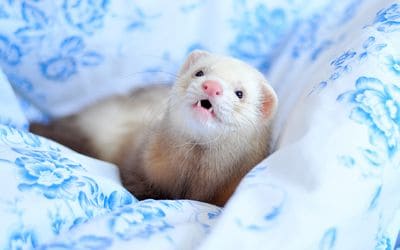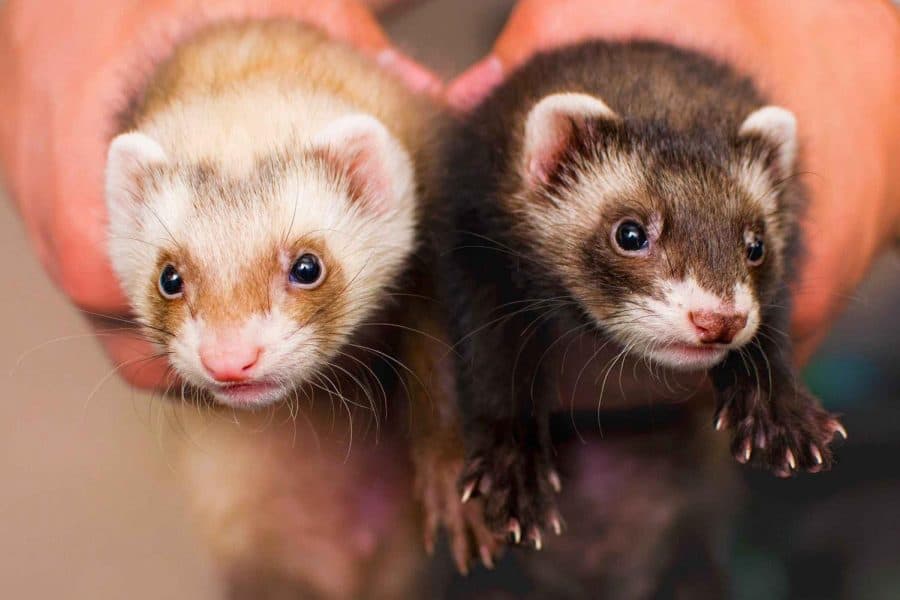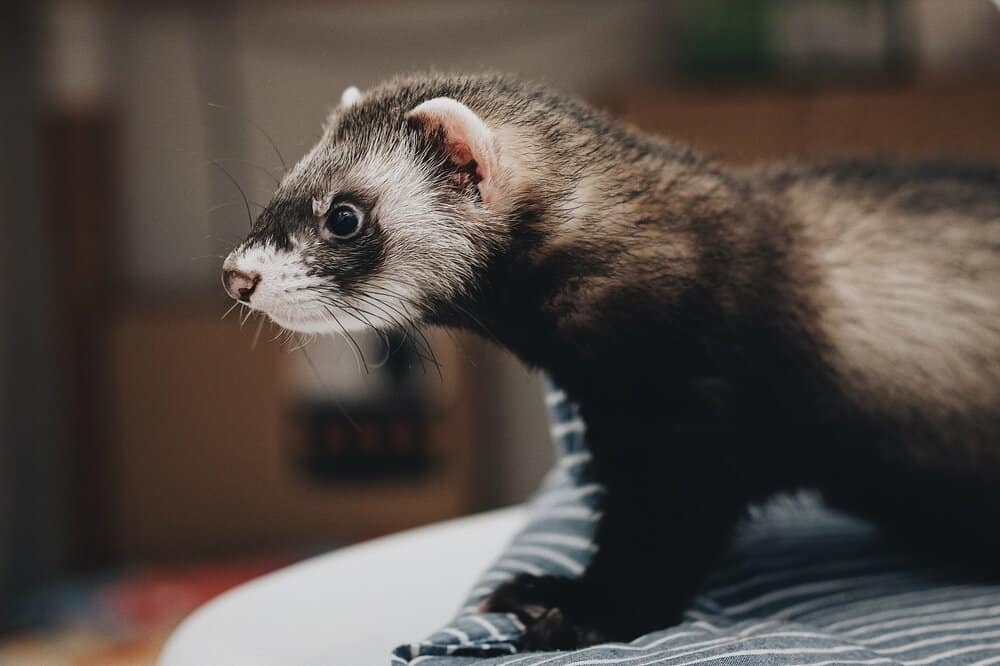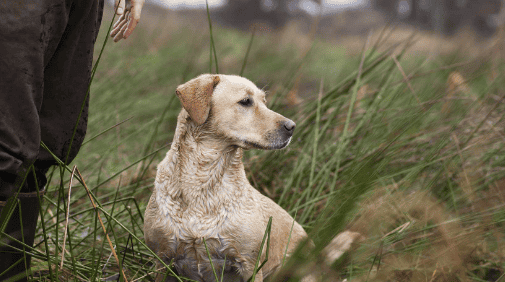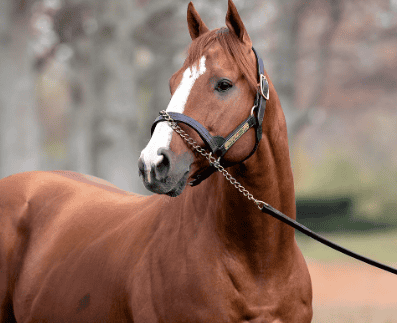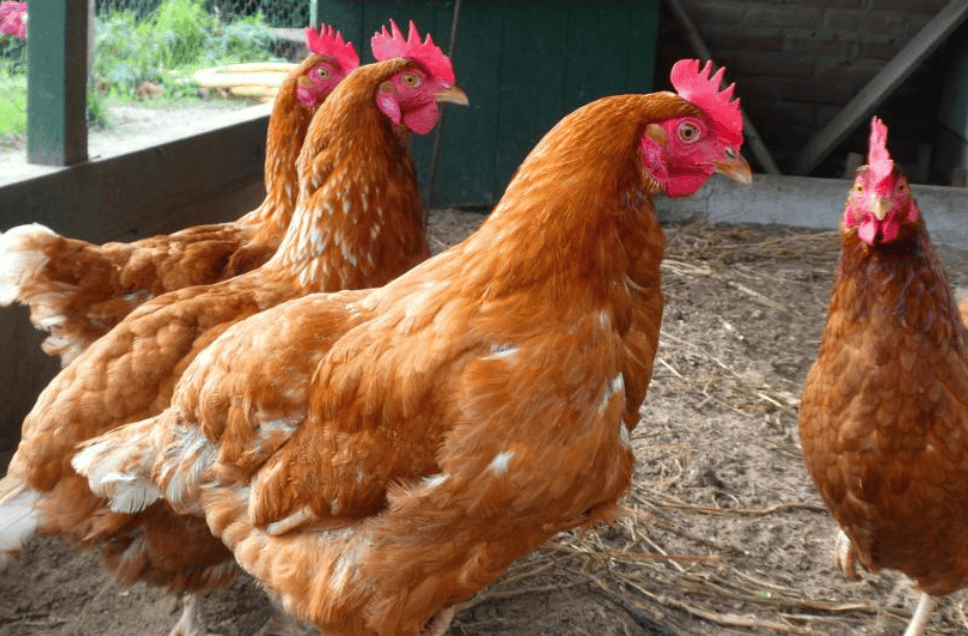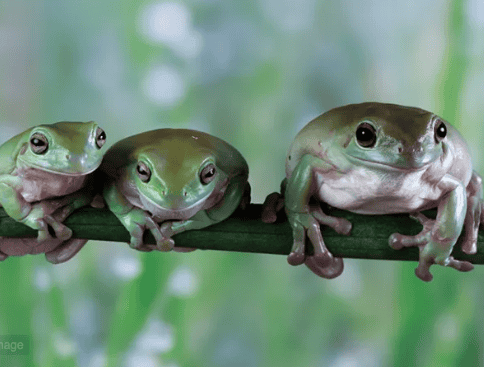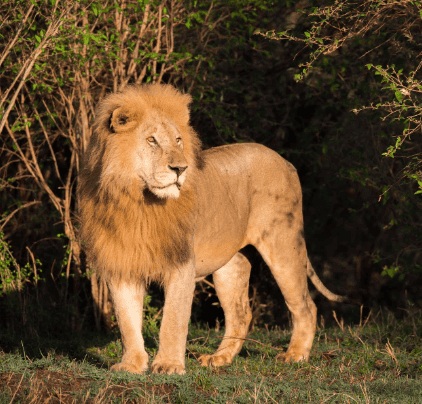Types of Ferrets
When people consider adopting a pet, ferrets likely aren’t the first thing that comes to mind.
In fact, up until the 1980s, it was illegal in the United States to own domesticated ferrets. This is why they remain uncommon pets across the country.
(Most states still prohibit the ownership of ferrets for public health reasons, and others will require a permit in order to adopt one.)
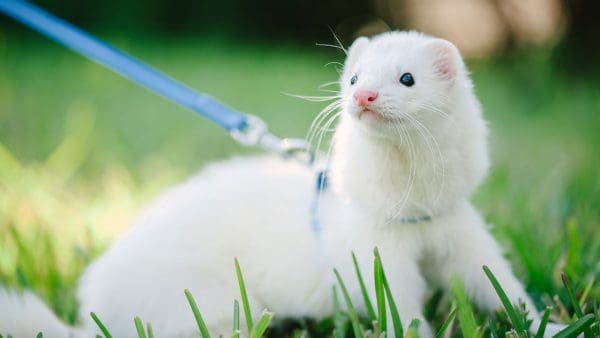
Ferrets aren’t too much different from more popular animals, like dogs or cats. They are naturally curious and playful, remarkably intelligent, and can be loving creatures if socialized properly.
But the things which make ferrets unique–their mischievousness and sometimes unpredictable behavior–may be a turn-off for people interested in a more exotic pet.
What Are Ferrets?
Ferrets are a species that belongs to the scientific family Mustelidae, which includes physically-similar species like weasels, stoats, martens and fisher cats. The family is also made up of species like badgers, otters and wolverines.
In the United States, wild black-foot ferrets are native to the Midwestern states. They make their home in vast prairies and grasslands, where they hunt small rodents (prairie dogs make up 90% of a black-footed ferret’s diet) and rabbits.
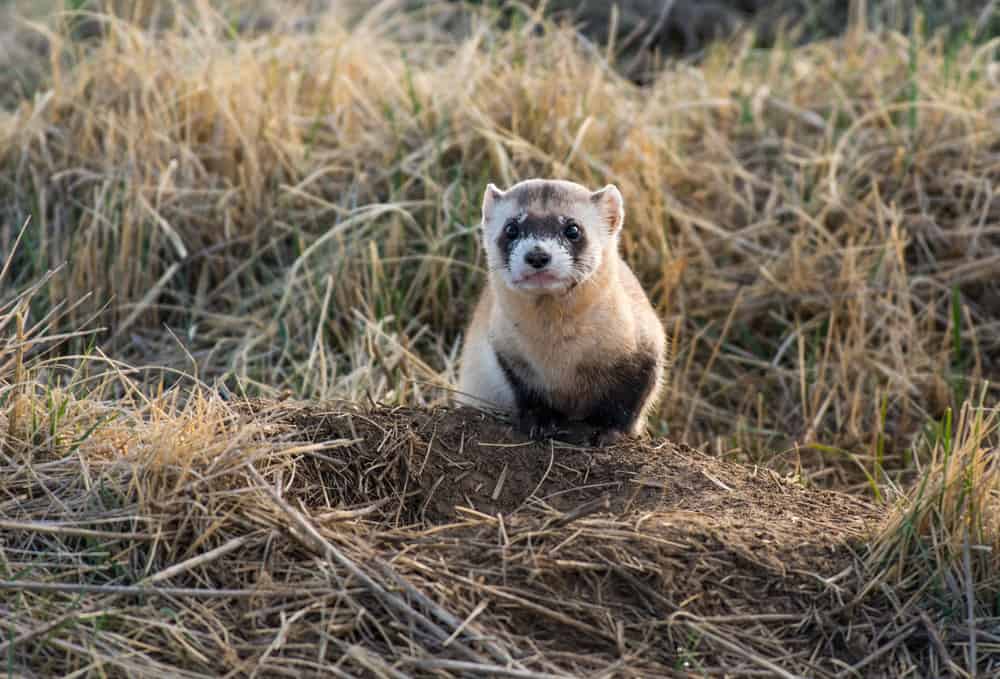
Most species, though, are native to the European continent since domestic ferrets are a subspecies of the European polecat. It’s theorized that ferrets were first domesticated around 2,500 years ago and were bred as hunting partners. Typically, only the wealthy and powerful used them this way: in medieval Europe, laws were made explicitly restricting the use of ferrets to the nobility.
(Even earlier than that, Augustus Caesar–great-nephew of Julius Caesar and the man who founded the Roman Empire–is said to have used ferrets in order to control the rabbit population across his new empire.)
Nowadays, ferrets are rarely ever seen as anything other than pets. Even then they remain a rare choice of pet: a 1996 study found that only 800,000 ferrets were kept in American households.
Are Ferrets Good Pets?
Whether or not an animal makes for a good pet is entirely subjective. Ferrets can certainly be great companions if they are properly cared for, but raising them can be a bit more challenging than raising dogs, cats or other popular animals.
Ferrets are very extroverted creatures. They adore attention and are constantly finding ways to keep themselves entertained. It’s sometimes recommended to keep 2 ferrets so that they each have a playmate, though a ferret will always seek the attention of its owner.
They are also amazingly intelligent. Ferrets are inquisitive animals and excellent problem-solvers, which means they enjoy games and puzzles which challenge their intellect.
But ferrets are very high-maintenance pets. They are arguably as high-maintenance as dogs, though they lack the inherent obedience most dogs are capable of possessing.
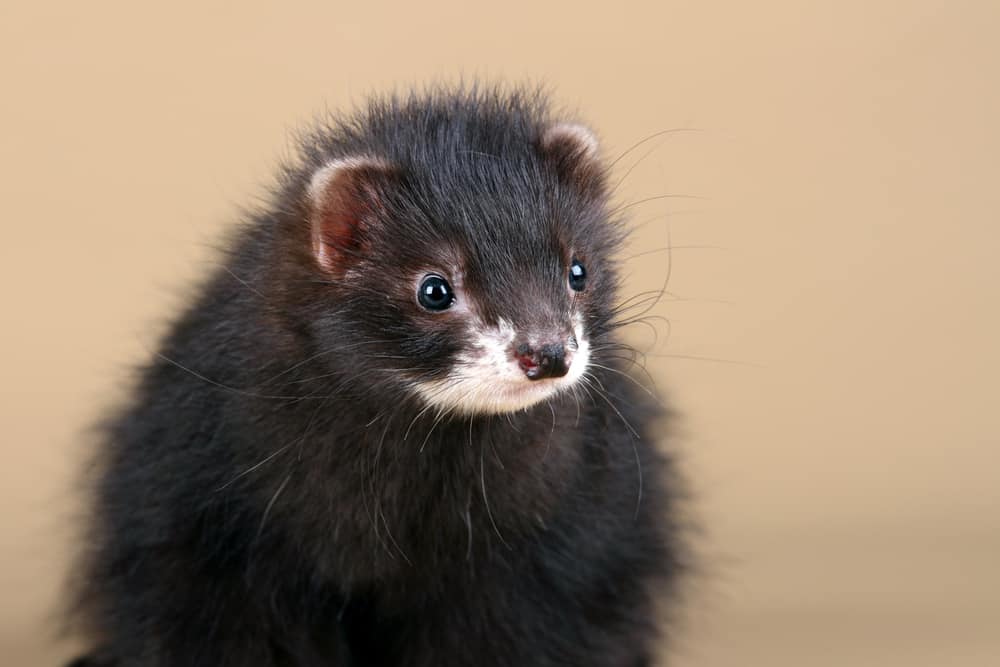
They can be trained to use a litter box like a cat, but even a trained ferret will seldom use it. Because of how their bodies are built, ferrets also have short digestive tracts–this means they poop often, which can lead to their owner cleaning up a lot of messes.
Since ferrets are deemed “exotic pets,” they are more expensive to care for. Vet bills for ferrets are incredibly high (upwards of $1,000), and most vets might not even know how to treat a ferret given their relative rarity.
Lastly, ferrets are more prone to biting than other domestic animals. While they might not mean any harm (biting is how ferrets tell each other they want to play), they can easily break the skin and deliver a painful bite.
If you’re considering adopting a ferret, please keep all these factors in mind. Again, a ferret can be a gentle and loving pet if you train it properly, but you have to be willing to put the time, effort and patience into making it the ideal companion.
Colors and Patterns
Unlike many other pets, there is only one “breed” of ferret. They do come in a variety of colors and patterns, with 20 different colorations and an array of patterns being officially recognized. These colors and patterns are listed below.
Albino Color
Albinism is a condition where an animal lacks any pigmentation on their bodies, leaving their bodies completely white–the one exception is the eyes, which are bright red. While it can rarely occur in nature, some species of mammals have been selectively bred to always have albino traits.
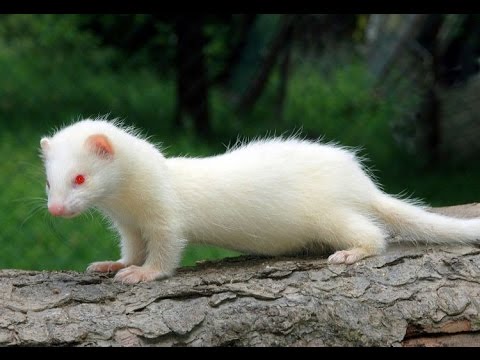
(The stereotypical lab rat seen in popular culture is one famous example–these rats have been bred so they always have white fur and red eyes.)
Albino ferrets are no different from other albino mammals: they have white fur, pink skin and noses, and red eyes. However, because of health complications associated with albinism, these ferrets are more likely to be born deaf than other ferrets.
Black Color
As the name suggests, these ferrets are almost entirely coated in jet black fur. The only exception is their undercoat, which can range from white to golden brown in color. Their eyes and nose also tend to be black.
Black Sable ferrets appear similar to black ferrets, but there are a few subtle differences which set them apart. While a Black Sable ferret looks black, closer inspection shows that they are a very dark brown color, though their undercoat can still be whire or gold-colored.
Chocolate Color
These ferrets have medium brown-colored fur which comes in a variety of shades, all of which resemble chocolate. Keeping with the theme of sweets, their undercoat and face may be covered with cream-colored fur.
Cinnamon Color
The redheads of the ferret world, these individuals get their name due to their light-colored fur. Like their namesake, cinnamon ferrets are reddish-brown in color and may have dark auburn eyes. Much like how reddish hair is rare in humans, it’s rare for a ferret to be born with cinnamon-colored fur: if you plan to adopt one, be prepared to pay a lot for it.
Dark-Eyed Whites
Nicknamed “DEW ferrets” for short, these ferrets can be mistaken for albinos due to their snow white fur. As mentioned earlier, though, albinism in mammals is also marked by red eyes–hence why “dark-eyed” is used to differentiate the two. DEWs may have darker fur on their shoulders and chests, but this isn’t common.
Sadly, DEW ferrets share another trait with their albino cousins: a greater risk of hearing problems. In both types of ferret, the inner ear is smaller in comparison to the ears of other ferrets, which means albinos and dark-eyed whites have a higher chance of being born deaf.
Sable Color
Sable is the most common coloration found in ferrets, so you’re bound to encounter these if your local pet store carries ferrets. Their fur is a mixture of different shades of brown, and they may have cream-colored fur surrounding their face.
Blaze Pattern
Ferrets with a blaze pattern are like the inverse of those with a striped pattern. Blaze ferrets can have a variety of fur colors, but they all have a white stripe which runs from the top of their head and down the back. Their paws and throat may also be coated with white fur, which are respectively called “mits” and “a bib” by ferret breeders.
Mutt Pattern
The term “mutt” applies to ferrets the same way it applies to dogs. It refers to any ferret whose coloration and pattern doesn’t belong to any other category, and they may have random markings along their bodies. As their fur sheds, they may end up developing whiter fur and can “graduate” to being classified as roan-patterned.
Panda Pattern
With contrasting colors between their head and body, it’s no wonder that this pattern is named after the panda. Ferrets with this pattern have darker shoulders, hips and paws but a lighter face and torso. They may even have dark rings around their eyes, further adding to their panda-like appearance.
Roan Pattern
Ferrets are described as having a roan pattern if roughly 50% of their fur is white. The remaining 50% can be any other color or pattern, though they will inevitably be dark colors to contrast with the white parts of the coat. These ferrets are also called “Silvers” and gain more white fur every time they shed their coat.
Solid Pattern
The most basic pattern, ferrets in this category have a uniform dark coat across their body. Lighter colors may appear around the face, creating the illusion of a mask, but even these will be close in color to the fur across the torso. These ferrets bear the closest resemblance to the polecat, their wild relatives.
Striped Pattern
Striped ferrets are typically white or cream-colored across their whole body, with one notable exception: a dark “stripe” running down their back. This stripe makes up 10% of the ferret’s fur, and often appears brown in color. Oddly, this pattern is not officially recognized by the American Ferret Association.
